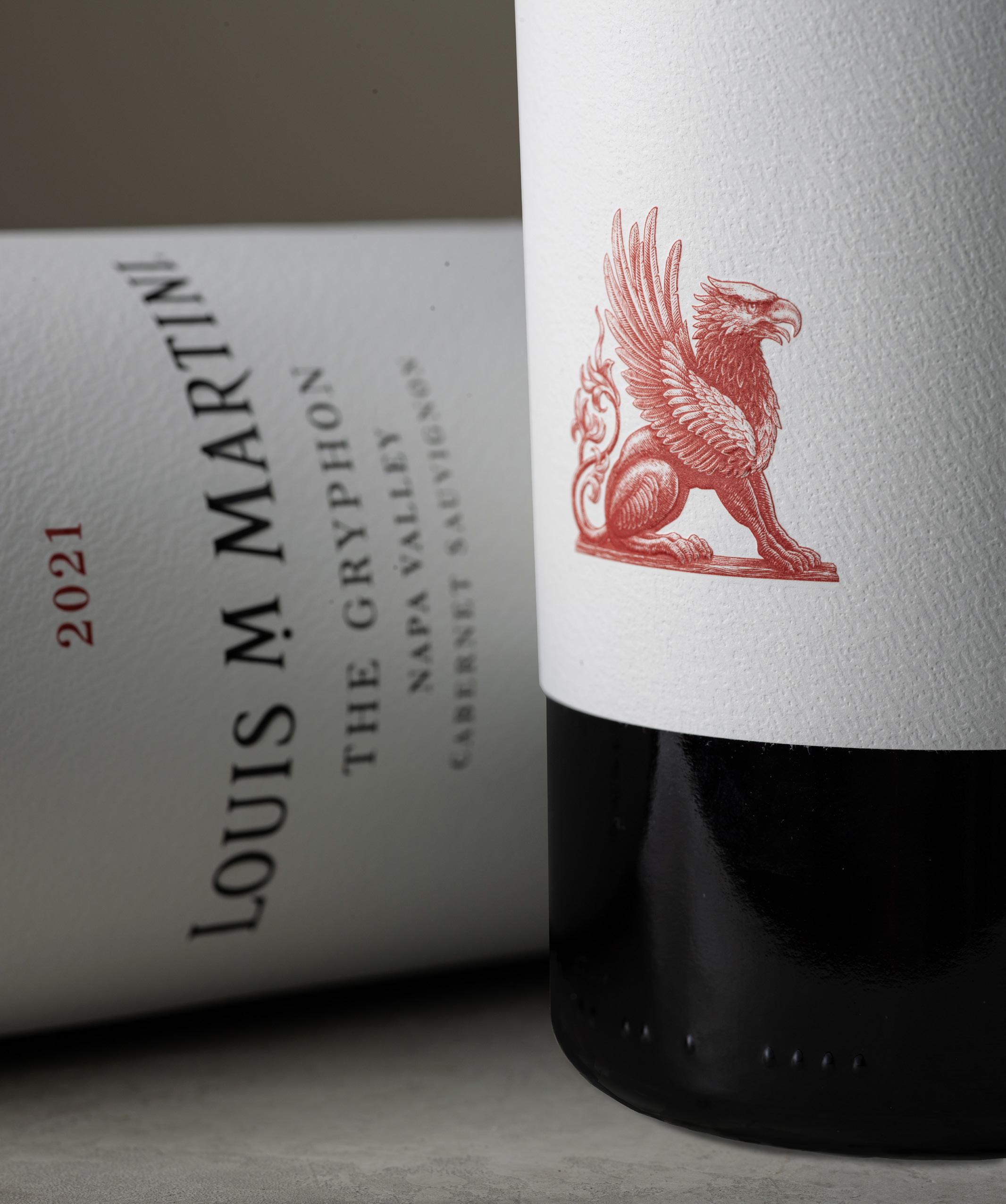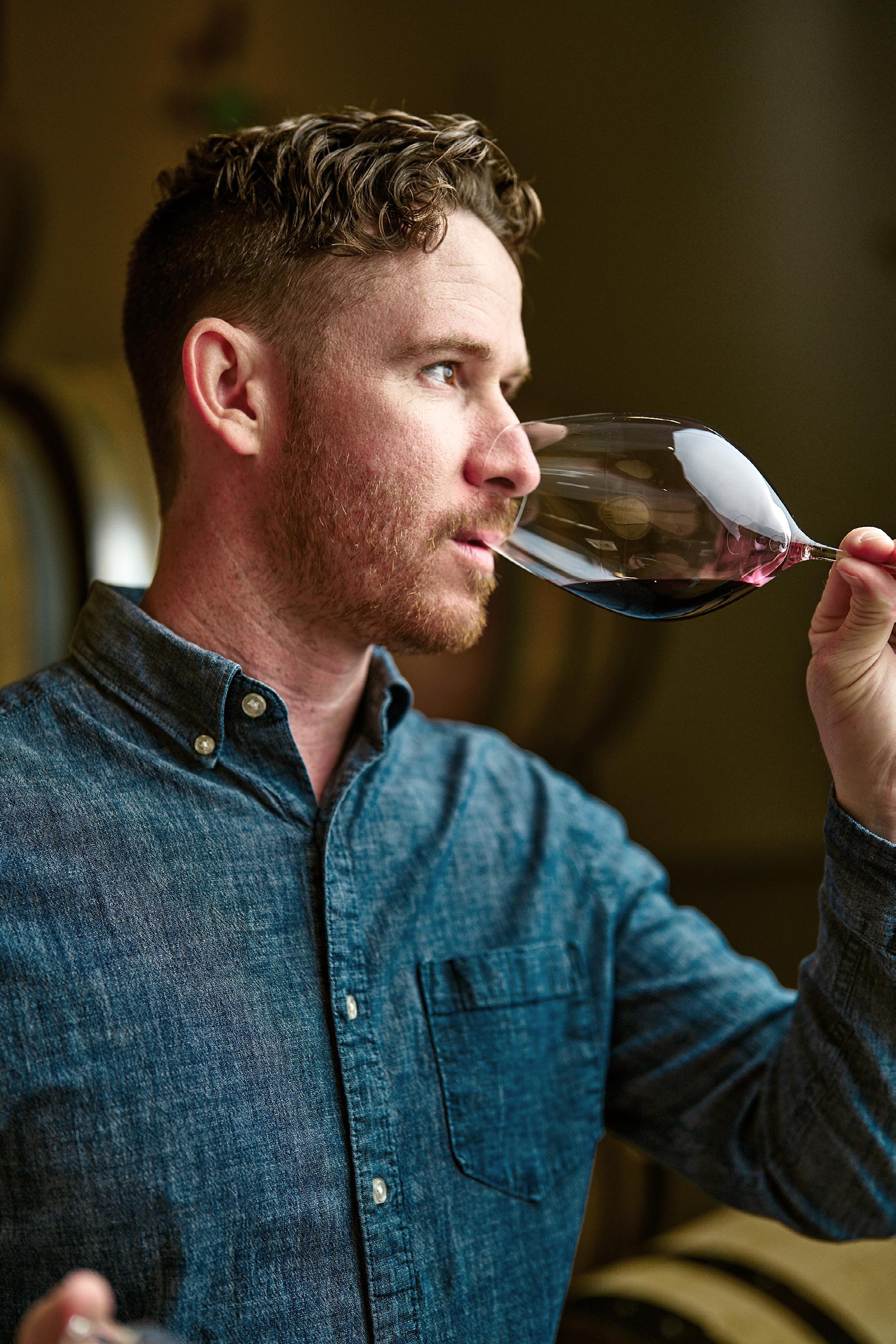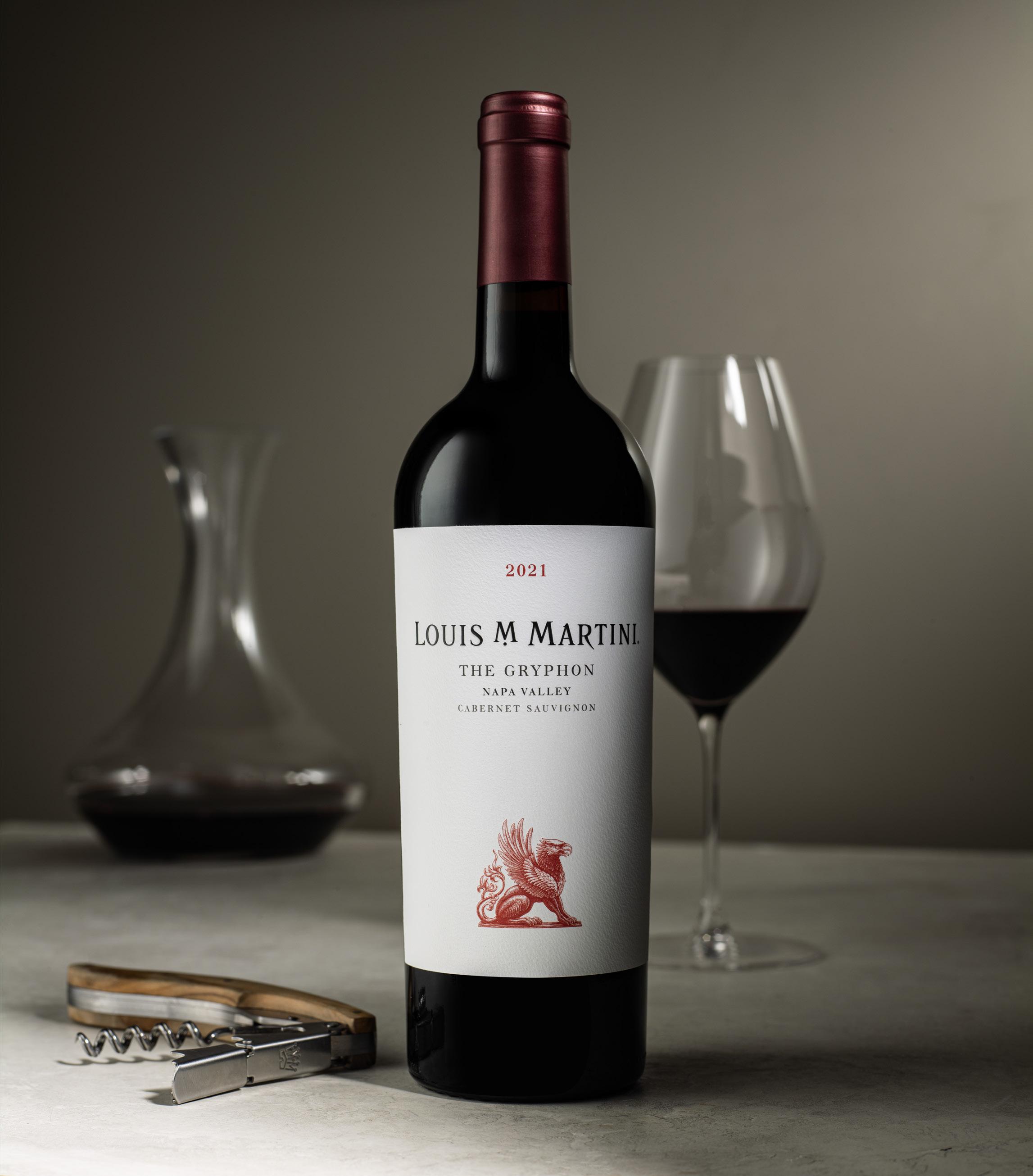


Wines crafted to embody the essence & character of Napa Valley for over 90 years.




Wines crafted to embody the essence & character of Napa Valley for over 90 years.
Our Napa Roots
In 1899, 12-year-old Louis M. Martini set out from Genoa to work for his father’s seafood business in San Francisco. As he grew older, he became increasingly eager to start a business of his own. This ambition led him to Napa Valley in 1933, where he built his winery, becoming one of only five winemakers to do so at the Repeal of Prohibition. He selected Napa for a single, simple reason: its unmatched grape quality. Driven by a keen understanding of Napa’s potential, he started acquiring vineyards and recognized Cabernet Sauvignon as the most promising variety. Over the decades, Louis M. would create wines that reflected their unique sense of place.
He chose Napa Valley for its unmatched grape quality.
He taught the business to his son, Louis Peter, who continued the family legacy of advancements in winegrowing and winemaking. Louis P. Martini put his own signature on the wines, bringing an artist’s touch. An avid photographer, he’d ride his horse to Monte Rosso Vineyard, capturing the changing seasons through his lens. Yet his talents extended beyond the artistic realm. He was a scientist, tinkerer, and a deeply considerate man. Louis P.’s contributions to the wine industry were numerous. He developed superior grape clones, pioneered wind machines to mitigate frost, and produced California’s first varietal Merlot. As a founding member of the Wine Institute and the American Society of Enology and Viticulture, he fostered a strong sense of community that spread far and wide.
FOUNDER: LOUIS M. MARTINI

As the winery nears the century mark, we are returning to our roots—to the kinds of wines and community approach our founders possessed. Winemaker Zach Watkins guides the winemaking as it embarks upon a new chapter for the next 100 years. Inspired by the wines Louis P. made in the 1960s and 70s, Zach prioritizes the integrity of the variety, producing wines with higher acidity, lifted aromatics, and moderate alcohol. He keeps a keen eye on the future with a deep respect for the past, showcasing classic expressions and the potential for longevity rather than volume.
A keen eye on the future and a deep respect for the past, showcasing classic expressions
The first look at this new era is The Gryphon, which honors classic Napa Valley Cabernet Sauvignon with vibrant, varietal character.

Our Winemaker
“My goal is to craft a collection of wines that tell a story of culture,” says Zach Watkins, who gained an appreciation for craftsmanship at an early age. His father instilled in him the principle of “if you're going to do it, do it right.” This lesson profoundly shaped Zach’s approach to life and work. “Winemaking is one of the most intriguing and cherished of human crafts,” he explains. “It’s amazing that distinguishable styles can be traced to individual producers, towns, and regions, AND some wines will change and evolve 10, 20, 50 years or more, showcasing quite a tasty journey.”
Zach’s wines represent two distinct perspectives: vintage and place. The Gryphon and Lot No. 1 are examinations of vintage. Sourced from multiple vineyards, The Gryphon emphasizes Napa Valley’s southern region fruit, while Lot No. 1 emphasizes mountain fruit. The single vineyard wines from Monte Rosso underscore the site’s characteristic spice and acidity, with Zinfandel vines dating to the 1880s and Cabernet to 1940.
“My goal is to craft a collection of wines that tell a story of culture”


Hand-harvested, hand-sorted, and placed in small open-top fermenters for cold soaking for up to two days. Aged for 19 months in French barriques (90% new).
Select vineyards throughout the Napa Valley that capture unique terroir.
DS 100 natural punched cork 6-pack
800 9L cases produced on average Cabernet Sauvignon

Hand-harvested, hand-sorted, and placed in small open-top fermenters for cold soaking for up to two days. Aged 19 months in French barriques (33% new).
Select vineyards throughout the Napa Valley that capture unique terroir.
DS 100 natural punched cork 6-pack
3,600 9L cases produced on average Cabernet Sauvignon, Cabernet Franc, Merlot, Malbec

WINEMAKNG:
Hand-harvested, hand-sorted, and placed in small open-top fermenters for cold soaking up to two days. Aged up to 26 months in French barriques (33% new).
VINEYARD: Monte Rosso.
PRODUCTION:
DS 100 natural punched cork 6-pack
1,000 9L cases produced on average

WINEMAKNG:
Hand-harvested, hand-sorted, and placed in small open-top fermenters for cold soaking up to two days. Aged 17 months in oak (25-40% new).
VINEYARD: Monte Rosso.
PRODUCTION:
DS 100+ natural punched cork 6-pack
1,000 9L cases produced on average

RANCH Coombsville AVA
Elevation: 200 ft | Soil: Volcanic rhyolitic tuff, sedimentary rock
Proximity to the San Pablo Bay means cooler temperatures, allowing for developed phenolic ripeness and producing wines of moderate alcohol and refreshing acidity.
Mount Veeder AVA
Elevation: 1,200 ft - 1,400 ft | Soil: Sedimentary-based, former seabed
This western-facing vineyard boasts a complex tapestry of soils that extend beyond purely volcanic origins and is a testament to its marine past.
BENCH Napa Valley AVA
Elevation: 50 ft - 200 ft | Soil: Volcanic basalt
Hugging a western-facing bench, the vine’s vigor is naturally reduced by just 1-2 feet of topsoil, compared to the Valley floor’s 20 feet.
MONTE ROSSO Moon Mountain District, Sonoma Valley AVA
Elevation: 800 ft - 1,300 ft | Soil: Volcanic, Iron-Rich, Red Hill Loam
Perched in the Mayacamas, Louis M. planted Cabernet Sauvignon in 1940, which remains the oldest in California. The gnarled Zinfandel vines were planted in the 1880s.
Napa Valley AVA
Elevation: 1,300 ft - 1,800 ft | Soil: Volcanic Basalt
Nestled in a remote bowl in the Vaca Mountains, its steep terrain is strewn with enormous boulders. The thin soils devigorate the vines & provide exceptional drainage.
Howell Mountain AVA
Elevation: 1,80 0 ft | Soil: Aiken loam and Red clay loam
On a cool yet sun-drenched western-facing slope, nutrient-lean soils allow vines to self-regulate their water intake, yielding highly concentrated fruit that ripens slowly.
Napa Valley AVA
Elevation: 700 ft - 1,000 ft | Soil: Dibble complex and Pleasanton loam
Located on the eastern slopes of Howell Mountain, these contiguous, western-facing vineyards experience one of the most dramatic diurnal shifts in Napa Valley.

A Benchmark of St. Helena
A visit to Louis M. Martini is where Napa Valley’s past, present, and future can be seen, felt, and tasted. Built in 1933 and restored in 2019 by famed architect Howard Backen, our winery honors our storied history and toasts to the next century in Napa Valley.
“Where Napa Valley’s past, present, and future can be seen, felt, and tasted.
In our iconic tasting room, the surrounding valley and working winery are part of the experience. Guests can peer into the oak barrel cellar, where our wine is handcrafted with the same care and attention to detail as it was nearly a century ago, while enjoying plentiful natural light and the generous hospitality of our staff.
Our culinary team, led by Napa native Chef Aaron Meneghelli, enhances the guest experience with seasonally changing pairing menus that bring out the best in each vintage.

